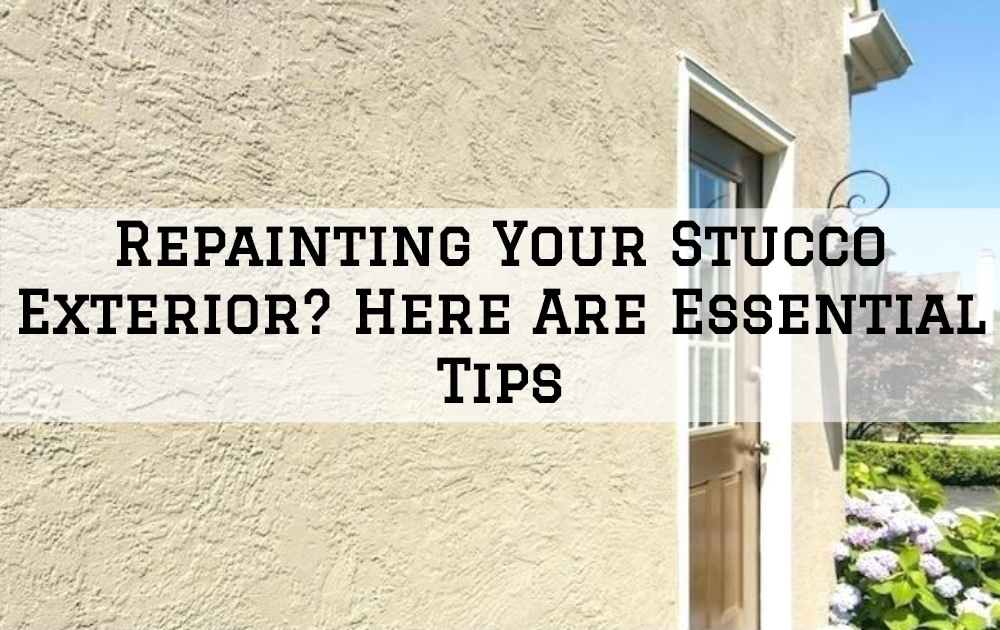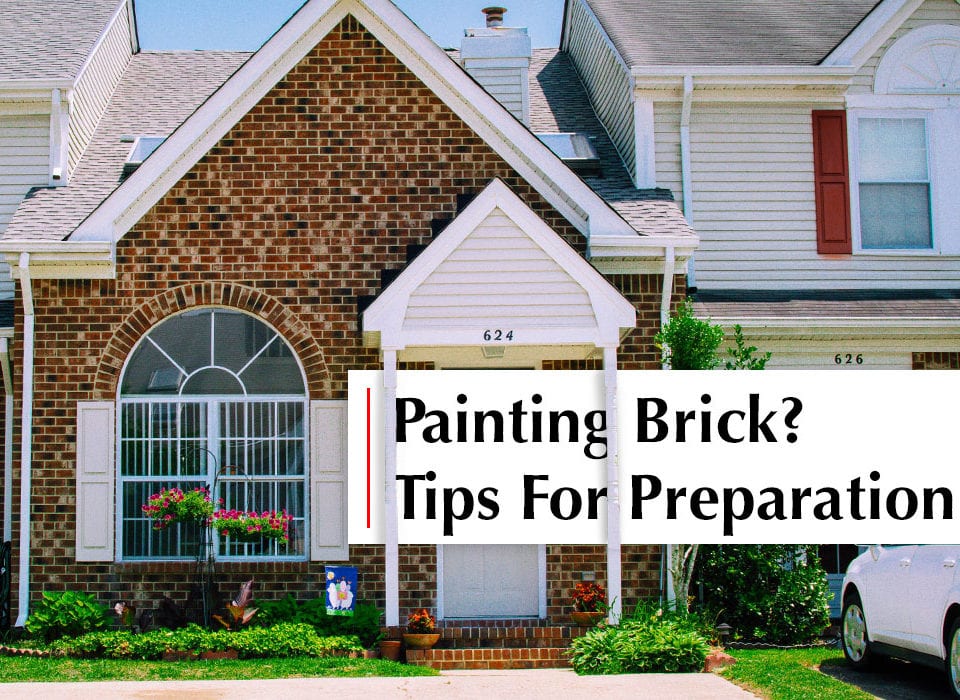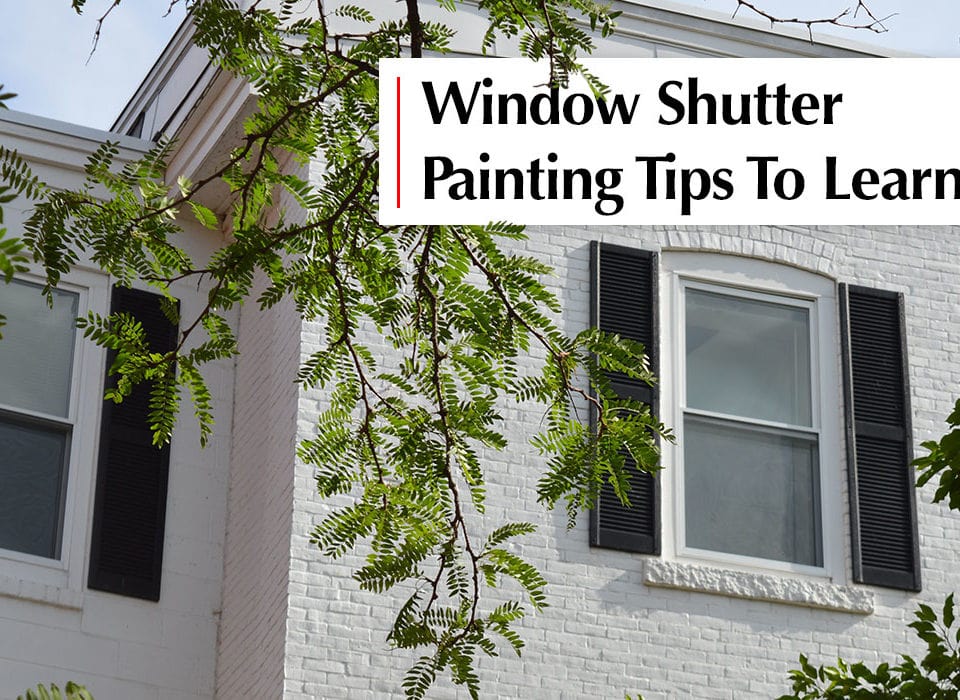Repainting Your Stucco Exterior? Here Are Essential Tips

How to Hire an Exterior Painting Contractor in 5 Simple Steps.
March 2, 2019
Top 7 Interior Home Painting Colors for 2019 and Beyond
March 9, 2019If your house has a stucco exterior and you want to refresh its look, painting it is a great way to start. Repainting your stucco is more or less like painting any other exterior surface. There are however a few tips and tricks you can use to make the painting process much easier and the results more long-lasting.
In this article, we want to give you some quick pointers and tips to keep at hand when adding a new coat of paint to your stucco exterior. Let’s take a quick look:
Washing Stucco Exterior
Stucco exterior is porous and generally rough on the surface. This means it can easily trap dirt and debris over time. The best way to clean stucco or any other rough siding surface is by using a pressure washer. Pressure washing the exterior at 2,800 – 3,100 psi is enough to get rid of the dirt that often prevents paint from adhering to the surface.
If this is something you will be doing yourself more often, you should consider buying a pressure washer. Otherwise, renting one from your nearest home tools store can suffice. The exterior should be washed from the top down and needs to be left to dry completely before painting can be done.
Siding Repairs
You should never paint over stucco that has issues including cracks, gaps, and missing patches. Caulk the cracks and small gaps using a paint-able exterior grade caulk. When caulking, use a rag to wipe off the excess caulk. You can try to add a little texture to the caulk to match the stucco. Apply some caulking where stucco meets the wall as these areas naturally develop a small gap over time.
If your stucco wall has large missing patches, caulking will not work. Damaged areas or large voids should be filled with a stucco patch material after removing the existing loose stucco. If you have significantly large missing patches, you should consider calling the initial stucco installer to fill the gaps for you.
A Note on New Stucco
Stucco is a porous material and when it’s first applied, it needs to be allowed to breathe and the moisture to escape. So if your stucco is new, you need to give it enough time–it could be days or weeks for it to fully cure and harden up before painting it. Without hardening, moisture can become trapped in the wall between the siding and the paint. At best, this causes the paint to bubble, peel, and chip as the moisture forces its way out.
Color and Paint Options
Stucco is not an ordinary siding material –it requires paints designed specifically for stucco material. Using any other ordinary material will lead to peeling and cracking sooner than you can expect. High-quality stucco paints can provide the desired coverage in one coat. Rougher and older surfaces will require at least two coats for the best coverage. When it comes to colors, stucco surfaces can only take so much pigment, so you might not achieve very dark colors.
If Your Stucco Already Painted
If there’s already paint on your stucco, you cannot apply more stucco over it–whether it’s the entire wall or just patches. The new material will not bond to the paint and will crack and fall away in short order. If your wall needs any repairs, you will need to sandblast the paint and the loose stucco off, and apply new stucco before applying a new color coat.
Bottom Line
Keeping the above tips in mind when painting your stucco can save you a lot of hassle and frustration down the line. Before any paint can be applied on your stucco, make sure any damaged areas are repaired, it’s washed thoroughly and completely dry. Considering its porous nature and difficulty to repair, stucco painting is probably best left to professional painting contractors.





